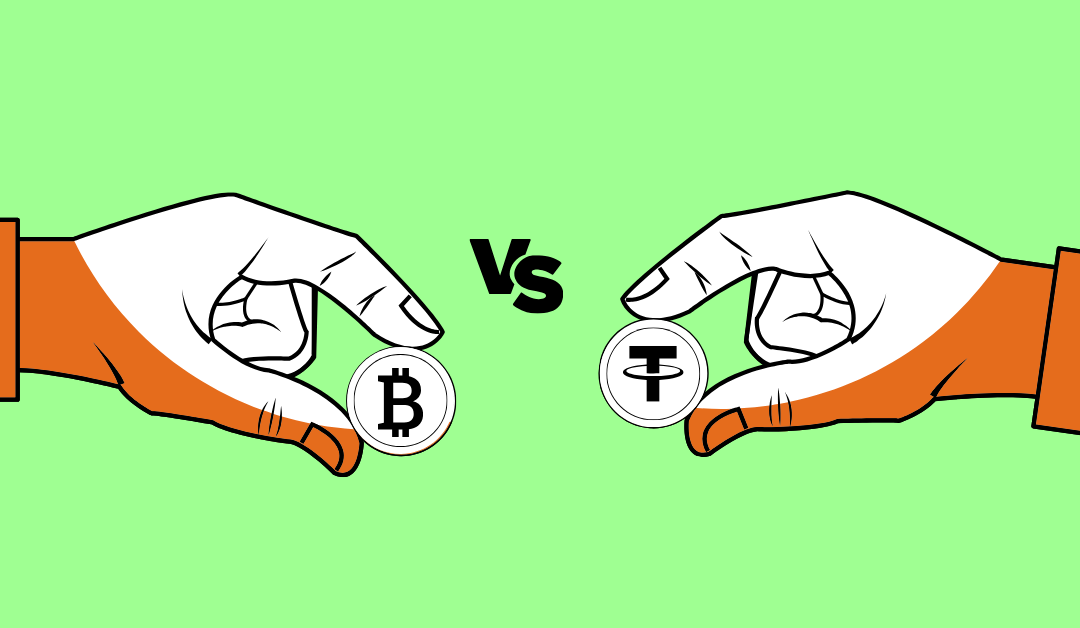How Do Developers Create New Cryptocurrencies and Tokens?
In today’s digital age, the creation of new cryptocurrencies and tokens is more accessible than ever. But what actually goes on behind the scenes? Whether you’re curious about how crypto ecosystems start or thinking about creating one yourself, understanding the basics of this process can make the world of cryptocurrency feel a little less mysterious.
Understanding the Basics: Cryptocurrency vs. Token
Before diving into the creation process, it’s essential to know the difference between a cryptocurrency and a token. Cryptocurrencies are often built on their own blockchain (like Bitcoin or Ethereum), where every transaction is recorded. Tokens, however, usually exist on an existing blockchain (like Ethereum or Binance Smart Chain) and represent assets or utilities within a specific project.
So, if a developer wants to create a whole new blockchain, they’re creating a cryptocurrency. If they want to use an existing blockchain to represent value or utility, they’re creating a token.
Choosing the Blockchain Platform
When developers decide to create a new cryptocurrency or token, one of the first steps is choosing the blockchain network that will support it. There are three main options:
Creating a New Blockchain
Building an entirely new blockchain is complex but gives the creator total control. This is the route chosen by projects like Bitcoin and Ethereum. Developers design their own protocols, consensus mechanisms (like Proof of Work or Proof of Stake), and features.
Forking an Existing Blockchain
Some developers prefer to “fork” or modify an existing open-source blockchain, like Bitcoin or Ethereum. A famous example of this is Litecoin, which is a fork of Bitcoin. Forking allows developers to retain a lot of the functionality of the original blockchain while making custom changes.
Using an Existing Blockchain for Tokens
Most tokens are created on established blockchains like Ethereum or Binance Smart Chain. This is a faster, less expensive route since the developer doesn’t need to create a new blockchain from scratch.
Setting the Purpose of the Cryptocurrency or Token
Once developers have selected a blockchain platform, they define the purpose of the cryptocurrency or token. This stage is crucial because it will guide the entire development process. Some common purposes include:
Digital Currency
Like Bitcoin, where the goal is to create a decentralized digital form of money.
Utility Token
A token that grants users access to a product or service. For example, Filecoin’s FIL token is used to pay for storage on its network.
Governance Token
A token that gives holders voting rights within a decentralized platform, like in some decentralized finance (DeFi) projects.
Security Token
A token that represents ownership in an asset, similar to stocks. These are often subject to securities regulations.
Setting a clear purpose also helps build a user base and attract potential investors.
Writing the Smart Contract (for Tokens)
For tokens, smart contracts are where the magic happens. A smart contract is a self-executing piece of code that runs on a blockchain. It defines the rules, such as:
Total Supply
The maximum number of tokens that can exist.
Distribution Rules
How tokens are distributed or allocated to users.
Special Features
Some tokens have unique characteristics, like minting or burning, to control supply and demand.
Ethereum’s ERC-20 standard, for example, has become the foundation for most tokens because it simplifies the development and ensures compatibility across the Ethereum ecosystem. Developers can write smart contracts using languages like Solidity (for Ethereum) or Rust (for Solana).
Testing and Auditing
Testing is critical before a token or cryptocurrency goes live. Developers use testnets, which are essentially “test environments” that allow them to check how their cryptocurrency or token will perform in real-world conditions without putting actual money on the line.
During this phase, it’s also common for developers to hire independent auditors to review their smart contracts or code. Auditing ensures there are no vulnerabilities that hackers could exploit and helps build trust among potential users and investors.
Launching the Cryptocurrency or Token
After testing and auditing, the cryptocurrency or token is ready for launch. Depending on the project, this might involve an Initial Coin Offering (ICO), an Initial DEX Offering (IDO), or another type of public sale to raise funds and distribute the tokens to early investors.
Alternatively, some projects skip this step and simply make the tokens available to users through liquidity pools or exchanges.
Building a Community
Once a new cryptocurrency or token is live, building a strong community around it becomes the next big task. The cryptocurrency world is highly competitive, and projects with active, engaged communities often thrive the most. Developers use platforms like Twitter, Discord, and Telegram to connect with users, share updates, and address concerns.
Creating a sense of excitement and belonging around the project can significantly influence its success. With the right approach, a strong community can attract even more developers, collaborators, and users.
Conclusion: The Future of New Cryptocurrencies and Tokens
Creating new cryptocurrencies and tokens has come a long way since Bitcoin’s inception. Today, there are established standards, tools, and platforms that make the process more accessible than ever. Developers can focus on innovation rather than building everything from scratch, allowing for faster progress and more diverse applications.
If you’re curious about entering the crypto space, understanding the basics of cryptocurrency and token creation is a great first step. The future holds endless possibilities, and who knows—maybe your idea will be the next big thing!

